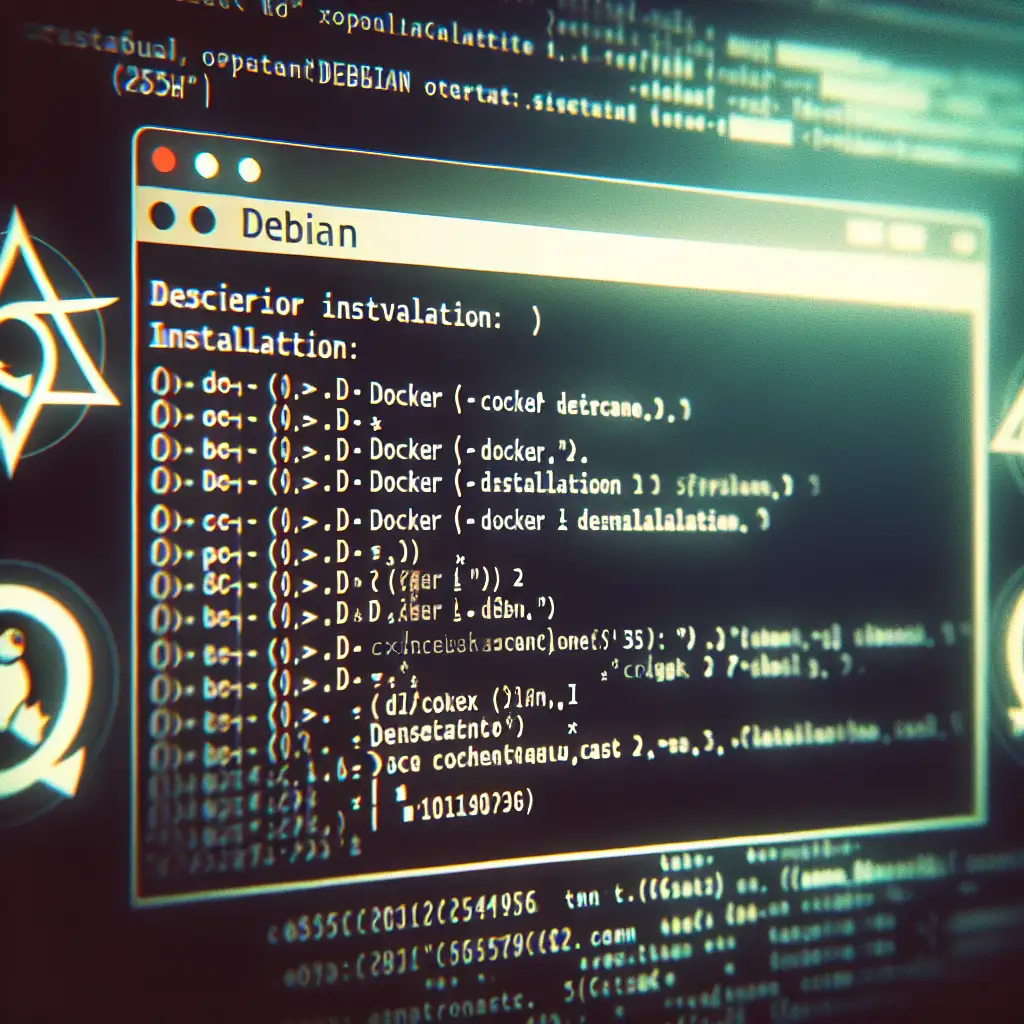Mastering Docker Installation on Debian: Step-by-Step Guide for Reliable Containerization
Forget vague, generic guides—this how-to breaks down the Docker installation on Debian with precision and clarity, tailored for those who want it done right the first time without unnecessary complexity.
Docker has transformed how developers and sysadmins approach application deployment by providing consistent, efficient, and portable container environments. Getting Docker installed correctly on your Debian system forms a solid foundation for scalable workflows and robust development processes.
In this guide, you’ll find a straightforward, practical walkthrough to install Docker on Debian, ensuring your setup is both reliable and future-proof.
Why Install Docker on Debian?
Debian’s stability makes it ideal for production servers and development machines. Combining it with Docker means you get the best of stable infrastructure plus cutting-edge containerization technology. Applications inside containers run reliably everywhere—from your laptop to cloud servers—without "it works on my machine" headaches.
Prerequisites
Before diving in, ensure you have:
- A Debian system (Debian 10 “Buster” or newer recommended)
- A non-root user with
sudoprivileges - Stable internet connection
Check your Debian version:
cat /etc/debian_version
Step 1: Remove Old Versions
If you have any older Docker versions or related tools installed (like docker, docker-engine, etc.), remove them to avoid conflicts:
sudo apt-get remove docker docker-engine docker.io containerd runc
No worries if nothing is installed; just move ahead.
Step 2: Update Packages and Install Dependencies
Update your package index and install packages required to allow apt to use a repository over HTTPS:
sudo apt-get update
sudo apt-get install apt-transport-https ca-certificates curl gnupg lsb-release
Step 3: Add Docker’s Official GPG Key
Secure your source by importing the official Docker GPG key:
curl -fsSL https://download.docker.com/linux/debian/gpg | sudo gpg --dearmor -o /usr/share/keyrings/docker-archive-keyring.gpg
This ensures the packages we’ll download are authentic.
Step 4: Set Up the Stable Repository
Add Docker’s official APT repository to your system sources list using this command (replace $(lsb_release -cs) with your Debian codename like buster or bullseye):
echo \
"deb [arch=$(dpkg --print-architecture) signed-by=/usr/share/keyrings/docker-archive-keyring.gpg] https://download.docker.com/linux/debian \
$(lsb_release -cs) stable" | sudo tee /etc/apt/sources.list.d/docker.list > /dev/null
Step 5: Install Docker Engine
Update the package list again now that the Docker repo is added:
sudo apt-get update
Install the latest version of Docker Engine, CLI, and containerd:
sudo apt-get install docker-ce docker-ce-cli containerd.io
To check that Docker is installed properly:
sudo docker run hello-world
You should see a friendly message indicating Docker ran a container successfully.
Step 6: Manage Docker as a Non-root User (Optional but Recommended)
Running Docker commands with sudo every time can be cumbersome. To avoid this, add your user to the “docker” group:
sudo usermod -aG docker $USER
Log out and back in (or restart your shell) to apply changes. Now try running:
docker run hello-world
without using sudo. This confirms permissions are properly set.
Tips & Next Steps
-
Keep Docker up-to-date: New versions come with security patches and features.
Update regularly with:
sudo apt-get update && sudo apt-get upgrade docker-ce docker-ce-cli containerd.io -
Explore Docker Compose: For multi-container applications, install Docker Compose to orchestrate containers via simple YAML files.
-
Set up automatic startup: Enable the Docker service so it starts when your server boots:
sudo systemctl enable docker.service
Troubleshooting Common Issues
-
Docker daemon not running: Check status with
sudo systemctl status docker. If inactive or failed, try starting it viasudo systemctl start docker. -
Permission denied errors: Make sure you've added yourself properly to the docker group and logged out/in.
-
Network-related errors: Ensure port forwarding and firewall settings allow Docker traffic as needed.
Conclusion
By following this step-by-step guide, you’ve mastered installing Docker on Debian in a clean, efficient way. With this rock-solid foundation in place, you’re ready to dive deep into containerization—building, shipping, and running applications that “just work” across environments.
Happy Dockering! 🚢🐳
If you found this guide useful or have questions about advanced setups, leave a comment below!
